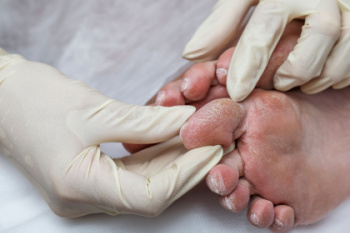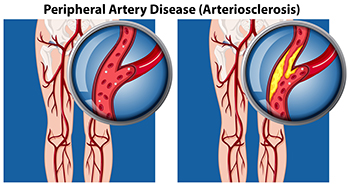
Keeping feet in good condition is especially important for those people managing diabetes. The loss of sensation or reduced blood flow can make it harder to notice minor injuries, which can become serious, if ignored. A gentle wash each day using lukewarm water and a soft cloth can help keep the skin clean. Drying the feet carefully, particularly between the toes, lowers the risk of skin problems. Applying a plain, unscented cream to the heels and soles helps maintain softness, although the areas between the toes should be left dry. Shoes should be roomy and protective to limit friction and pressure. Inspecting the feet daily for changes in color, swelling, or signs of irritation helps catch issues early. If you notice something unusual or have a sore that is not healing, it is suggested that you see a podiatrist for evaluation and tailored care.
Diabetic foot care is important in preventing foot ailments such as ulcers. If you are suffering from diabetes or have any other concerns about your feet, contact one of our podiatrists from Footcare Now. Our doctors can provide the care you need to keep you pain-free and on your feet.
Diabetic Foot Care
Diabetes affects millions of people every year. The condition can damage blood vessels in many parts of the body, especially the feet. Because of this, taking care of your feet is essential if you have diabetes, and having a podiatrist help monitor your foot health is highly recommended.
The Importance of Caring for Your Feet
- Routinely inspect your feet for bruises or sores.
- Wear socks that fit your feet comfortably.
- Wear comfortable shoes that provide adequate support.
Patients with diabetes should have their doctor monitor their blood levels, as blood sugar levels play such a huge role in diabetic care. Monitoring these levels on a regular basis is highly advised.
It is always best to inform your healthcare professional of any concerns you may have regarding your feet, especially for diabetic patients. Early treatment and routine foot examinations are keys to maintaining proper health, especially because severe complications can arise if proper treatment is not applied.
If you have any questions please feel free to contact our offices located in Elmhurst Jackson Heights, Astoria, NY, and Rego Park, NY . We offer the newest diagnostic and treatment technologies for all your foot and ankle needs.



